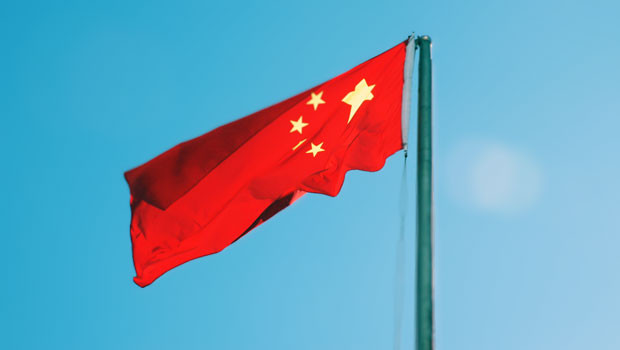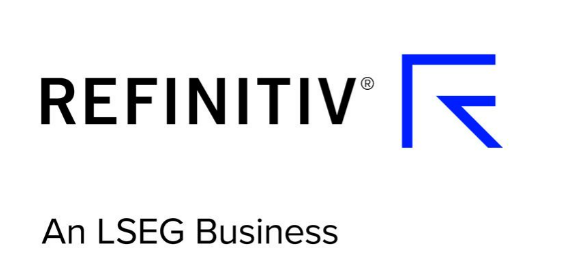
Source: Sharecast
The National Bureau of Statistics said the manufacturing purchasing managers' index rose to 49.5, in line with expectations and up from April’s 16-month low of 49.0, although it remains in contraction.
A reading above the neutral 50.0 benchmark indicates growth while one below it suggests contraction.
Within that, output rebounded to 50.7, from 49.8, while new orders and foreign sales both declined at slower rates, at 49.8 and 47.5 respectively.
Already battling sluggish domestic consumption, Donald Trump’s sweeping tariff regime, announced on 2 April, was a significant blow to China’s massive manufacturing sector.
Beijing immediately announced its own reciprocal tariffs, ramping up the increasingly bitter trade war between the world’s largest economies.
But a 90-day ceasefire was struck last month, with China agreeing to lower duties to 10% from 125% and the US cutting levies to 30% from 145%.
Stephen Innes, managing partner at SPI Asset Management, said: "May’s official manufacturing PMI ticked up ever so slightly, offering a flicker of hope. But let’s not kid ourselves - out 49.5, the reading remains the 50 line that separates expansion from contraction. Call it a contraction with a silver lining."
The non-manufacturing PMI eased slightly, to 50.3 from 50.4 a month earlier, while the general PMI was 50.4, up from 50.2.
The NBS data was released over the weekend. The Caixin PMI survey of private Chinese companies is due later this week.


